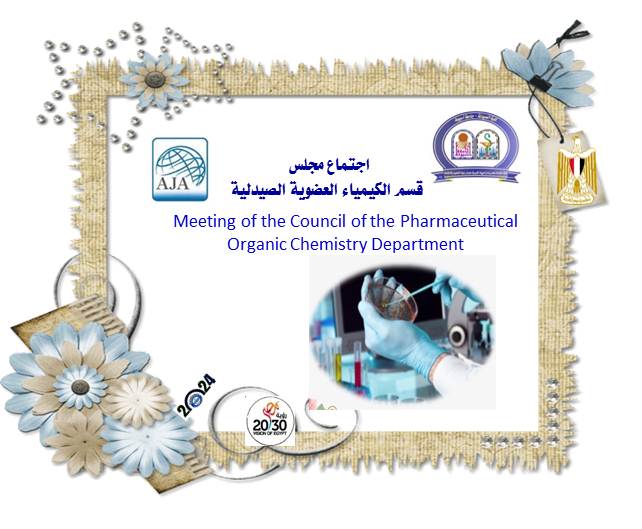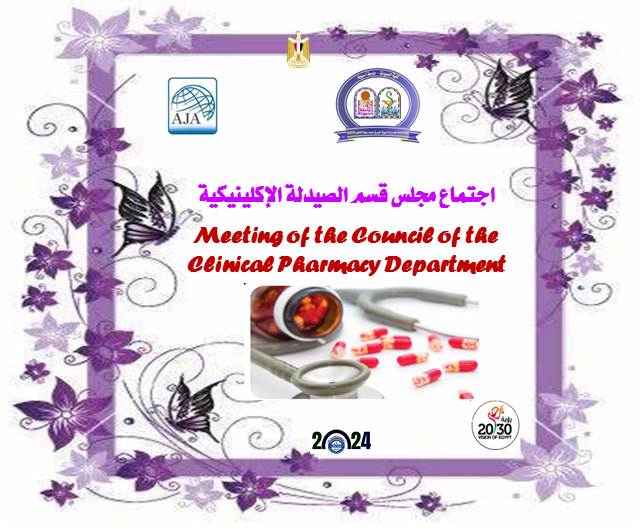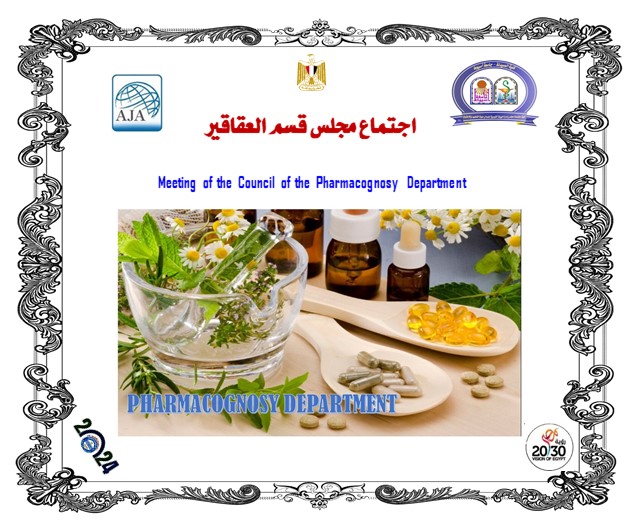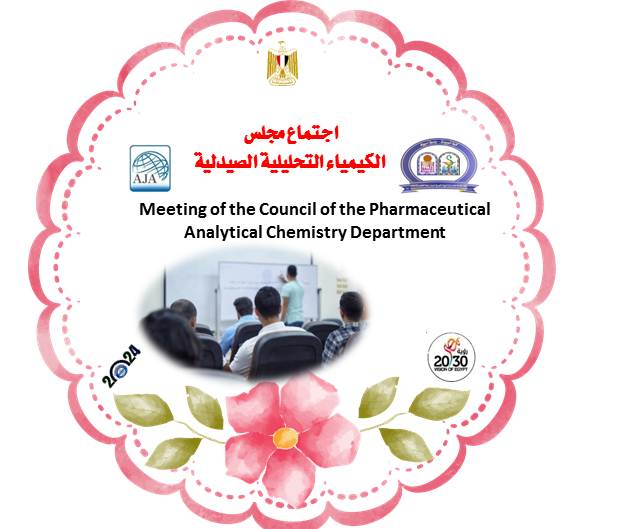Serum levels of tumor necrosis factor (TNF-α) and vaginal gene expression of toll-like receptor 2 (TLR2) & microtubule-associated protein 1 light chain 3 (LC3) after treatment of vulvovaginal candidiasis with sertaconazole nitrate spanlastics
The irritating infection known as vulvovaginal candidiasis (VVC) affects women all over the world. Around 75%
of women will acquire at least one attack throughout their lives. In addition to its demonstrated antifungal
properties, sertaconazole nitrate (SCN) also exhibits anti-inflammatory effects, which are of significant importance
in the therapeutic management of (VVC). Despite its benefits, SCN suffers from poor solubility, which
affects its biological activity. This project’s objective is to construct SCN spanlstics in order to enhance its solubility
as well as its antifungal and anti-inflammatory activities. SCN spanlastics were created utilizing the
ethanol injection technique, after which they were characterized. Chitosan (2.5%) w/w gels containing 2 % w/w
of SCN in the form of spanlastics were prepared, and then the in vitro antifungal activity of the prepared chitosan
gel and commercial SCN cream (Dermofix) was performed. After a complete gynecological examination, vaginal
swabs were obtained from patients suspected of VVC and then cultured on Sabouraud dextrose agar for
phenotypic identification. VVC was then induced in nonpregnant ovariectomized female rats using isolated and
identified Candida albicans (C. albicans) species. In order to detect the difference between chitosan gel containing
SCN spanlastics and the commercial (Dermofix) cream, serum levels of pro-inflammatory cytokine Tumor necrosis
factor (TNF- α) were detected. After sacrificing the rats, gene expression of toll-like receptor 2 (TLR2) &
microtubule-associated protein 1 light chain 3 (LC3) in vaginal tissue and immunohistochemical expression of
interleukin-6 (IL-6) as an inflammatory chemokine were performed in all groups. Results revealed that SCN was
successfully entrapped into spanlastics, the particle size ranged from 1.6 ± 0.050 to 5.7 ± 0.900 μm in diameter;
in-vitro dissolution of SCN was significantly enhanced from chitosan gel compared to that from Dermofix cream,
the inhibition zone of prepared chitosan gel containing SCN spanlastics was significantly larger compared to that
of Dermofix cream. Our results revealed that the anti-inflammatory effect of SCN in the form of spanlastics was
significantly greater than that of commercial (Dermofix) cream. Finally, we recommend the use of SCN spanlastics
as the best antifungal and anti-inflammatory formulation in cases of vaginal candidiasis







